There can be your advertisement
300x150
How to Start Your Own Design Studio and Is It Worth It: A Professional's Opinion
Many experienced and even beginner designers want to open their own design studio, but in the end, only a few achieve this goal. In this article, together with Pavel Gerasimov, we will look at how to actually open your own design studio and why it's even needed.
Pavel Gerasimov, Design Expert, Co-founder of the Geometrium Workshop. Creating a studio is endless problems that must be constantly solved.
This is the task of a studio manager: to find problems and ways to solve them. This is not about creativity, but rather about strict mathematics, metrics, and problem-solving.
However, there are also advantages. Below I've listed some pros and cons of creating a design studio based on my life experience.
Advantages of Running Your Own Business
- You can lead the process and develop leadership skills.
- There's no limit to perfection: a studio can be developed endlessly, and there is no ceiling for income.
- You can manage more projects simultaneously.
- You can choose the most interesting part of a project for yourself, delegating the rest to employees.
- Eventually, you can manage a business from anywhere in the world.
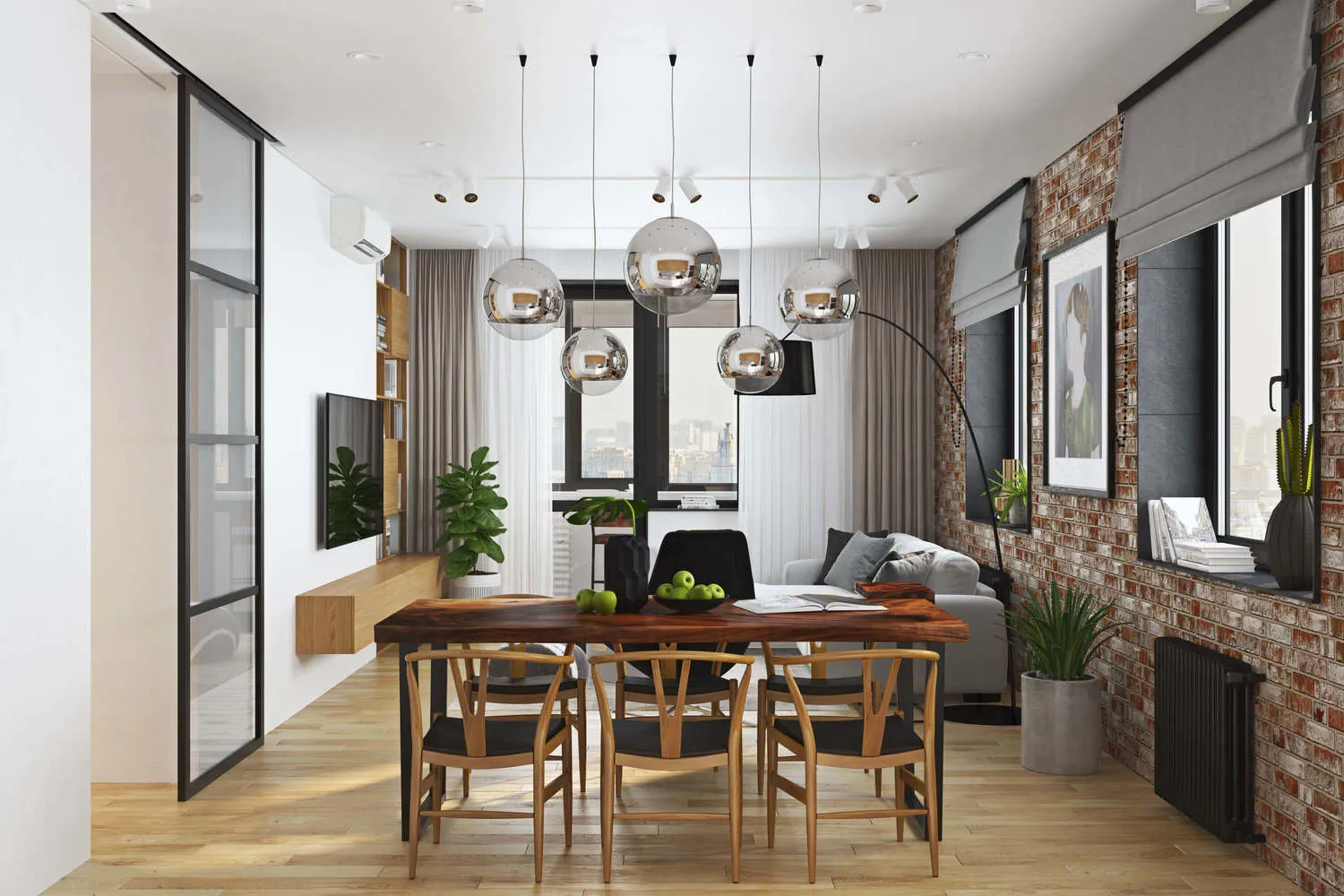 Design: Geometrium Workshop
Design: Geometrium WorkshopDrawbacks Without Which Creating a Studio Is Impossible
- You must solve organizational issues and tasks related to attracting clients. This means you have to work a lot. A lot. When you finish working on projects, you must start working on organization and client acquisition.
- Risks and responsibility not only for yourself but also for all the people you bring into your work.
- You must be ready to perform a huge amount of actions that don't bring results in the first couple of years, but will pay off later.
- You need systemic thinking, which I as a creative person have never managed to develop.
- You must accept that part of the work will have to be delegated (this is where most attempts at creating a studio end, as we'll discuss below).
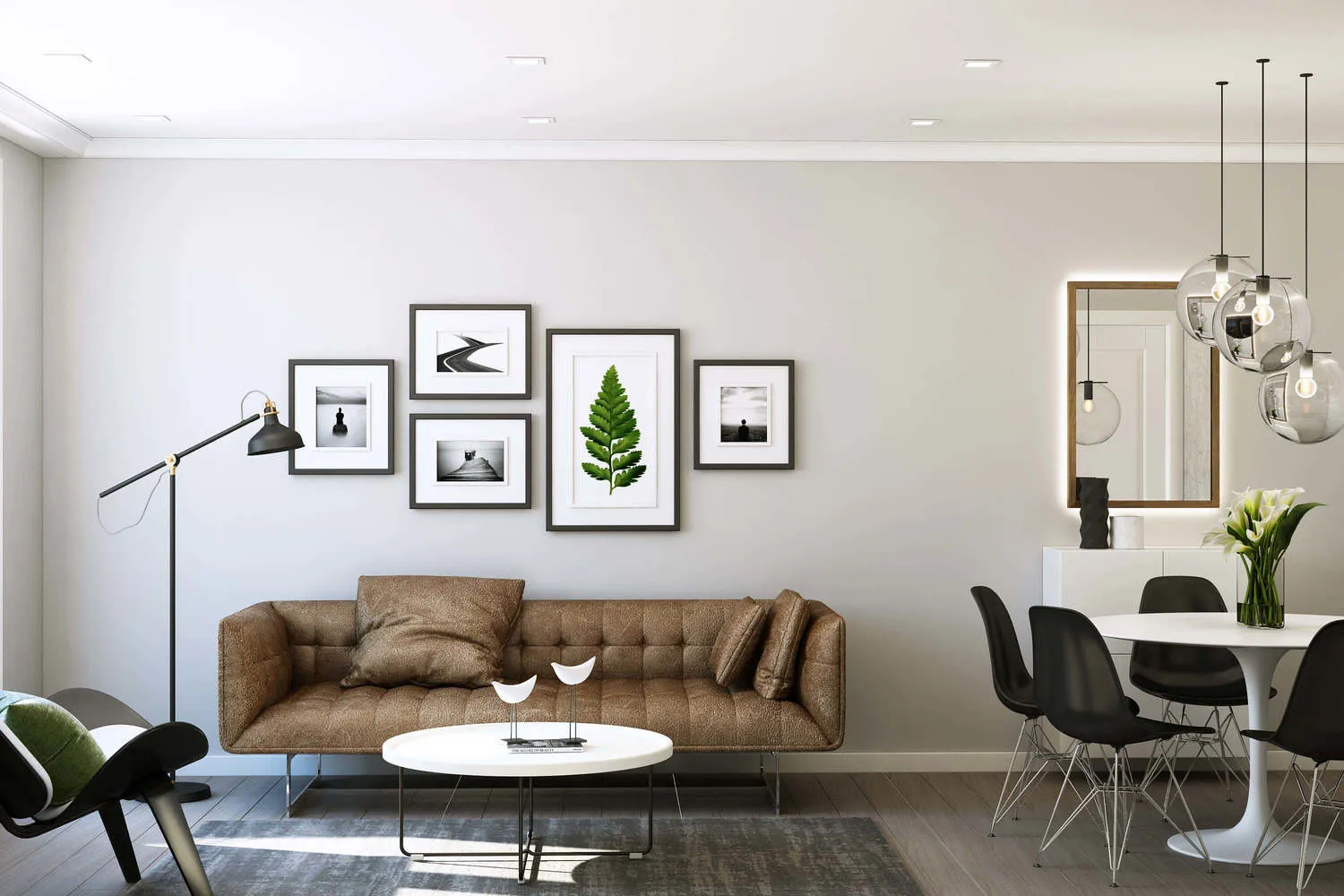 Design: Geometrium Workshop
Design: Geometrium WorkshopThree Directions of Design Studio Development
Client acquisition and sales, creation and implementation of design projects, and organizational issues — these are the three directions in which a design studio is created and developed. Let's talk about each one separately.
Client Acquisition
This is the first problem specialists face. Usually, designers work on word-of-mouth marketing: they complete a project for one client, and the client recommends them to friends and so on.
However, building a design studio based on word-of-mouth is very difficult. You need stable channels for client acquisition.
The first thing you must do when creating a studio is to define who your clients will be. What will make you different from others?
Ask yourself: "How will your clients explain or tell others why they ordered a project from you?" Re-read this question several times. It's simple and, probably, the most important in organizing the entire studio and attracting clients.
If the answer to this question is appropriate, then you can create a website, build your positioning, and start actions for client acquisition. Only then will these actions begin to work.
 Design: Geometrium Workshop
Design: Geometrium WorkshopMany people find that nothing works in client acquisition, although they do the same actions as other entrepreneurs: they advertise, publish articles.
There is a simple formula for success:
- You must have specific clients with specific needs. If there is evidence that these clients are actively looking for your service, then you can attract them.
- Your projects must match the type of your clients. It's impossible to attract a premium client with a 500 sq. meter house with hand-drawn sketches or basic 3D visualization of a one-room apartment.
- Your work format must also match these clients. This means that remote work formats cannot attract premium or VIP clients — they need personal communication and more.
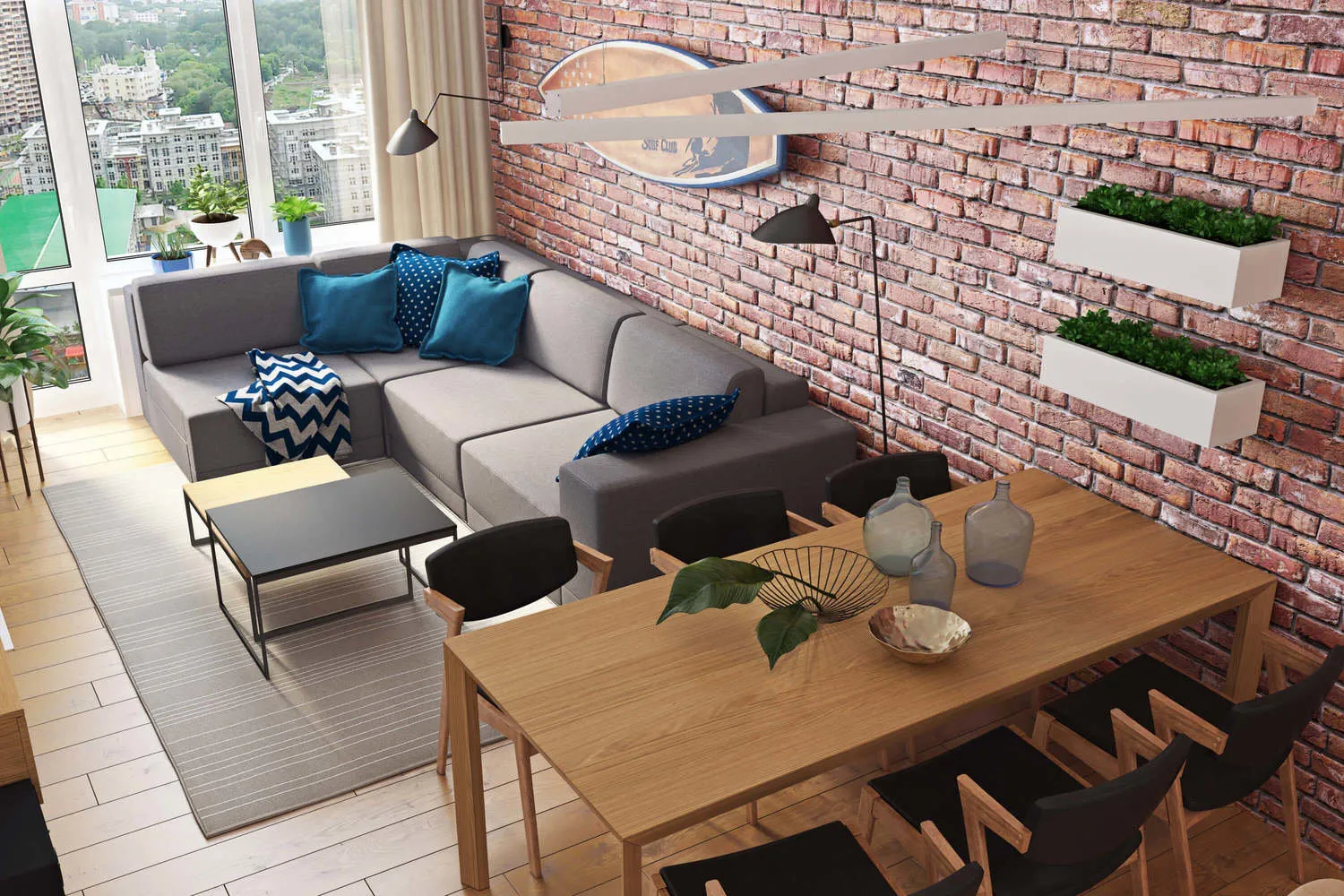 Design: Geometrium Workshop
Design: Geometrium WorkshopIt took me about a year to work out all these aspects, analyze, and develop our unique offering. Only when all these questions were resolved did clients start to come.
Production of Work
Providing interior design services is a "time-based" product. You most likely sell services per square meter, but the services you provide are actually your paid time.
The organizer's task is to make the process profitable and put the right people into production.
Calculate the cost of the service and how much time it takes you to develop it. For example, a layout solution can be made in two days and costs 10,000 rubles. Your day's cost becomes 5,000 rubles.
Based on this information, you understand that you can hire someone for 2,000 rubles per day to do the layout for you. You would then correct it and spend only two hours on this task, gaining 3,000 rubles in return. Thus, the production process is established.
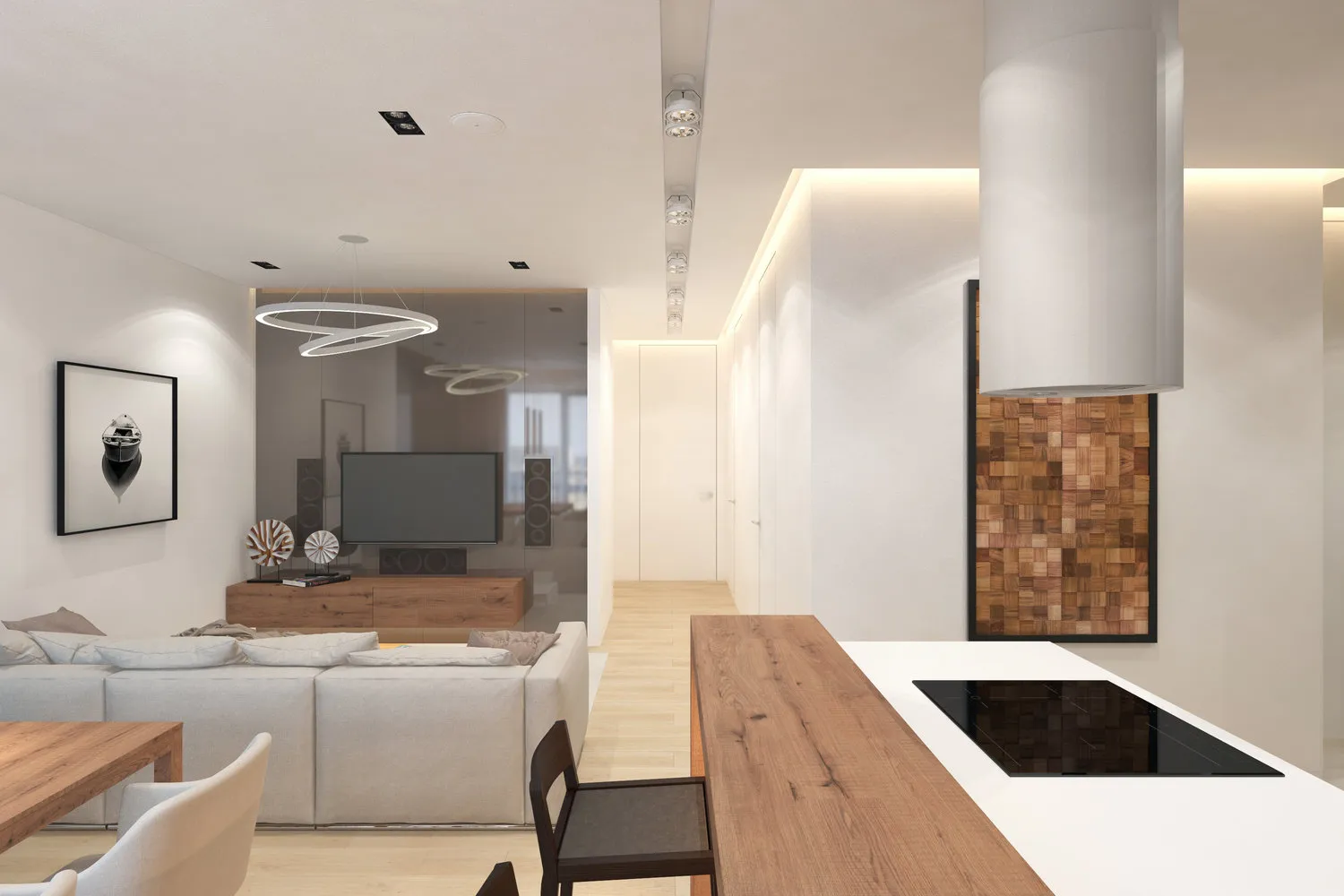 Design: Geometrium Workshop
Design: Geometrium WorkshopRemember that at the first stage, you will most likely have to do everything yourself. You must always monitor quality and be as demanding as possible.
Start working on production in the studio with the quality of work. It must be the best.
Then, I recommend focusing on optimizing the process of creating interior design. Make it so that services are profitable and creating a design project doesn't take up a lot of time.
 Design: Geometrium Workshop
Design: Geometrium WorkshopOrganization
There will always be various questions and problems that need to be solved. Imagine a situation: the original visualization file of a project is lost, which was created by an employee. For example, the visualization specialist's computer burned down just before delivering the project.
The problem exists. And whose is it? Of course, yours and your studio's. As the process organizer, you must solve and prevent such problems. For example, train participants to upload all files to cloud storage.
I also consider financial reporting and accounting part of the organization. You must account for all income and expenses of the studio. Create systems, reports, tables to identify and solve problems again.
A contract is where I would recommend starting studio work.
A contract reflects business relationships with the client. How the work will proceed and how many changes can be made — all of this must be reflected in the contract.
A contract should reflect your work system. This means that the work process must be structured so that the client likes everything, accepts the work and is satisfied, and the designer doesn't spend a lot of time on this, since they are paid by you.
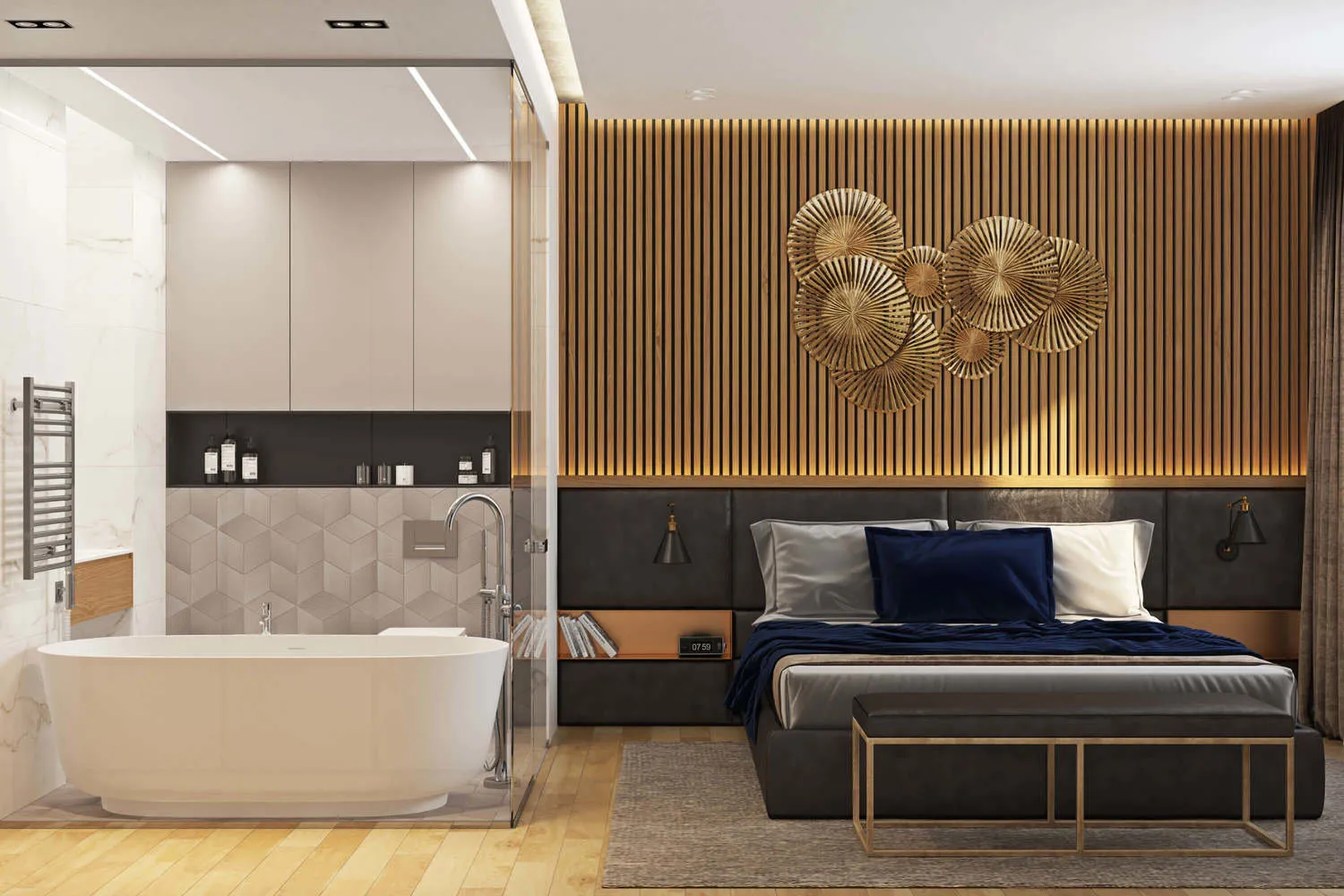 Design: Geometrium Workshop
Design: Geometrium WorkshopFinally
The path to creating a design studio is not entirely creative. It doesn't suit everyone.
It's much simpler to work alone, sequentially complete design projects and enjoy the creative process. The path of creating a design studio is not entirely creative, and it doesn't suit everyone, so you must clearly understand what you're aiming for.
If you're not ready to focus on client acquisition and studio organization, sacrifice your personal time in the early stages, delegate work to others knowing that nobody else can do it better than you, the path of creating a studio will be very difficult for you.
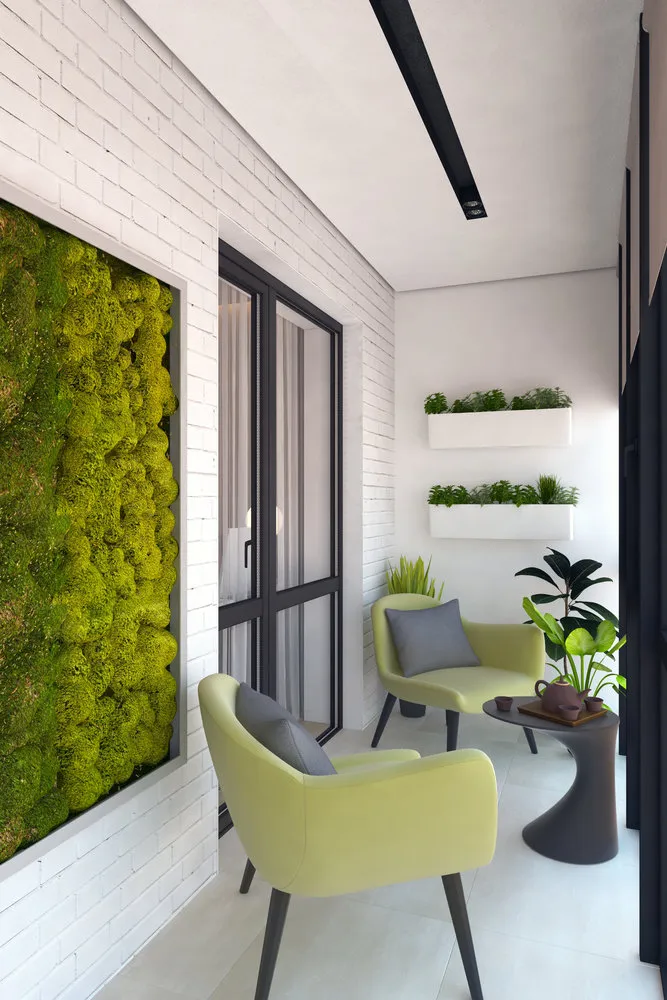 Design: Geometrium Workshop
Design: Geometrium WorkshopCover Design: Geometrium Workshop Project
More articles:
 How to Make Your Apartment Brighter: Tips from Professionals
How to Make Your Apartment Brighter: Tips from Professionals 5 mistakes in wardrobe planning: how to avoid them?
5 mistakes in wardrobe planning: how to avoid them?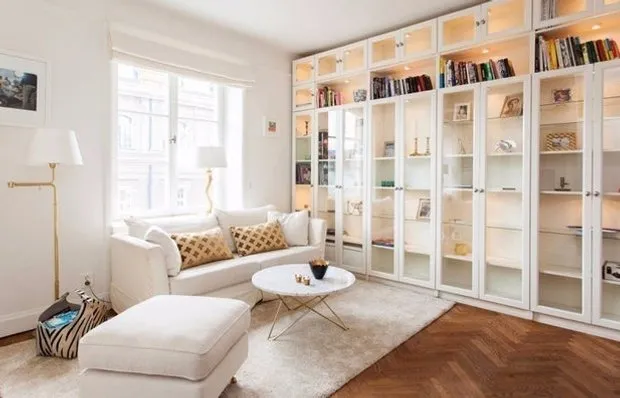 If You Have a Studio Apartment: 3 Layout Options in New Construction
If You Have a Studio Apartment: 3 Layout Options in New Construction 7 Tips for Those Who Want to Do Balcony Renovation by Themselves
7 Tips for Those Who Want to Do Balcony Renovation by Themselves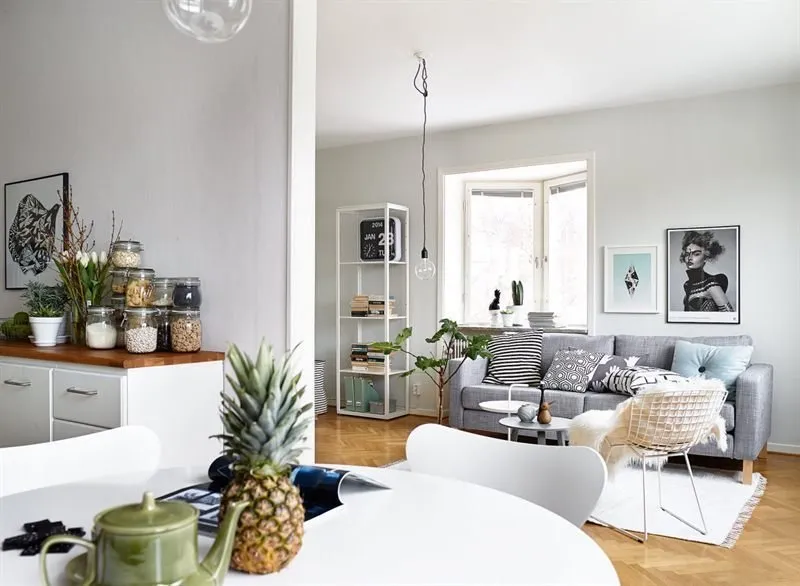 10 Lifehacks for Fast and Lazy Cleaning
10 Lifehacks for Fast and Lazy Cleaning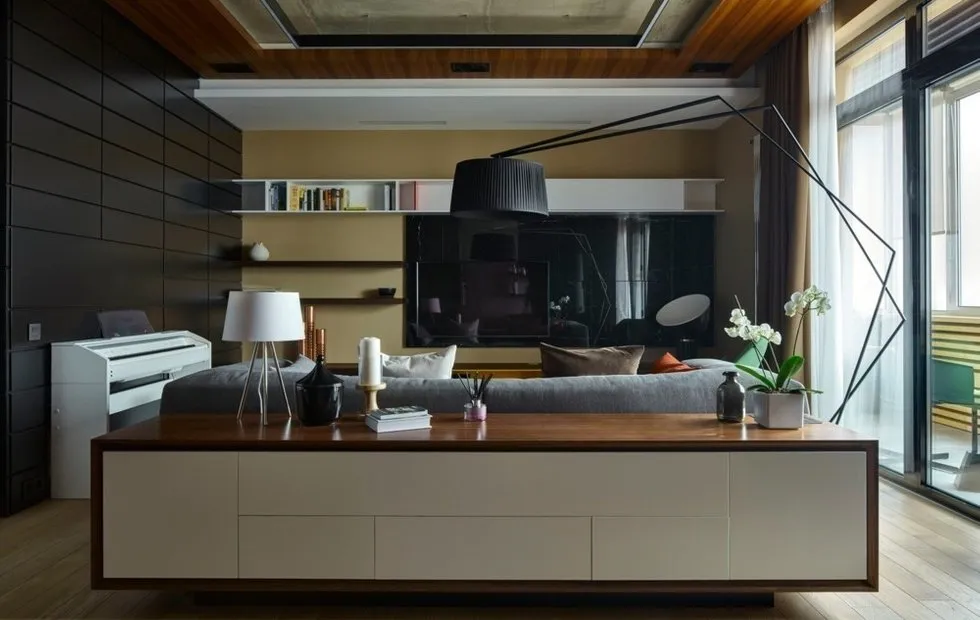 10 Posts That Became Hits in January
10 Posts That Became Hits in January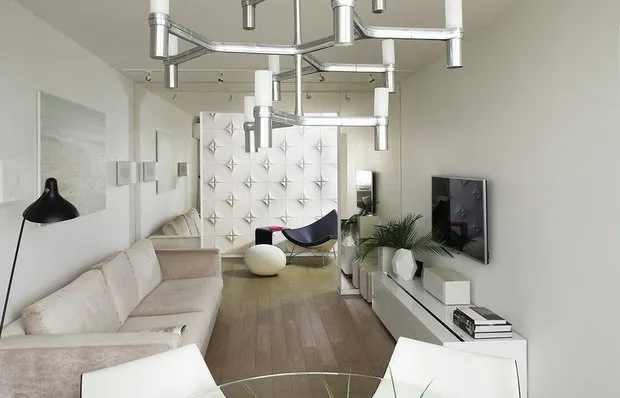 Redesigning Layouts in Panel Houses: Ideas for Different Apartments
Redesigning Layouts in Panel Houses: Ideas for Different Apartments 8 интерьеров городских квартир, которые вам понравятся
8 интерьеров городских квартир, которые вам понравятся